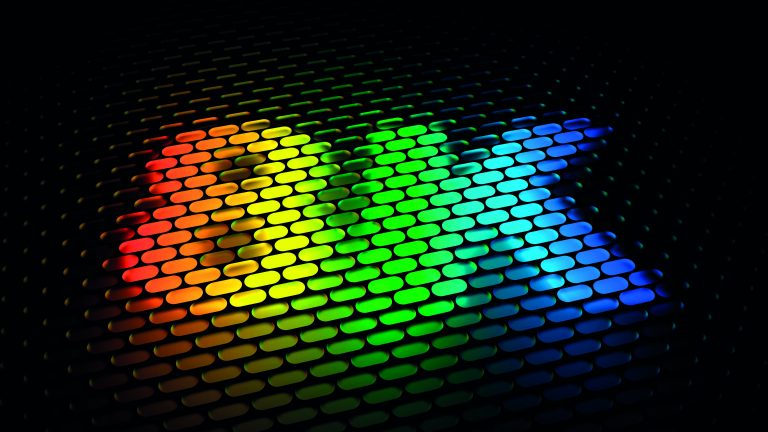SAPEC Testing UHD Compression Techniques for 8K Content
Compression techniques needed to work with live broadcast media infrastructures

MADRID—As the push for 8K content continues, Spanish-based SAPEC has been testing UHD content compression techniques for encoding 8K resolution content with HEVC standards and existing hardware.
With a resolution of 7680x4320, 8K has four-times the number of pixels that 4K content does. While there are already UHD 8K TVs on the market, there are still challenges when dealing with 8K content throughout the entire transmission chain. To help with this, SAPEC is focusing on the compression of 8K content.
SAPEC believes that HEVC (H.265) compression is currently the best available option to compress 8K video. According to its first tests, the bitrate needed for 8K transmission when using HEVC is slightly more than double than that of 4K. This could exceed the maximum conditions of some live broadcast media infrastructures. SAPEC found that these required bitrate values can be reduced by applying different compression techniques offline.
SAPEC also looked at live or real-time compression of 8K video, where the compression speed must be equal to or greater than the rate of images per second. To address these challenges, SAPEC used spatial and temporal parallelization techniques offered by the HEVC standard.
Spatial parallelization divides the image into smaller fragments so they are processed in parallel, with the results of each fragment later received to form a single output stream.
Temporal parallelization executes the work of compression of images that do not have dependencies between them at the same time. These sequences can also be divided into fragments corresponding to one or more group of pictures.
SAPEC has detailed the results of its tests in a technical article.
The professional video industry's #1 source for news, trends and product and tech information. Sign up below.
